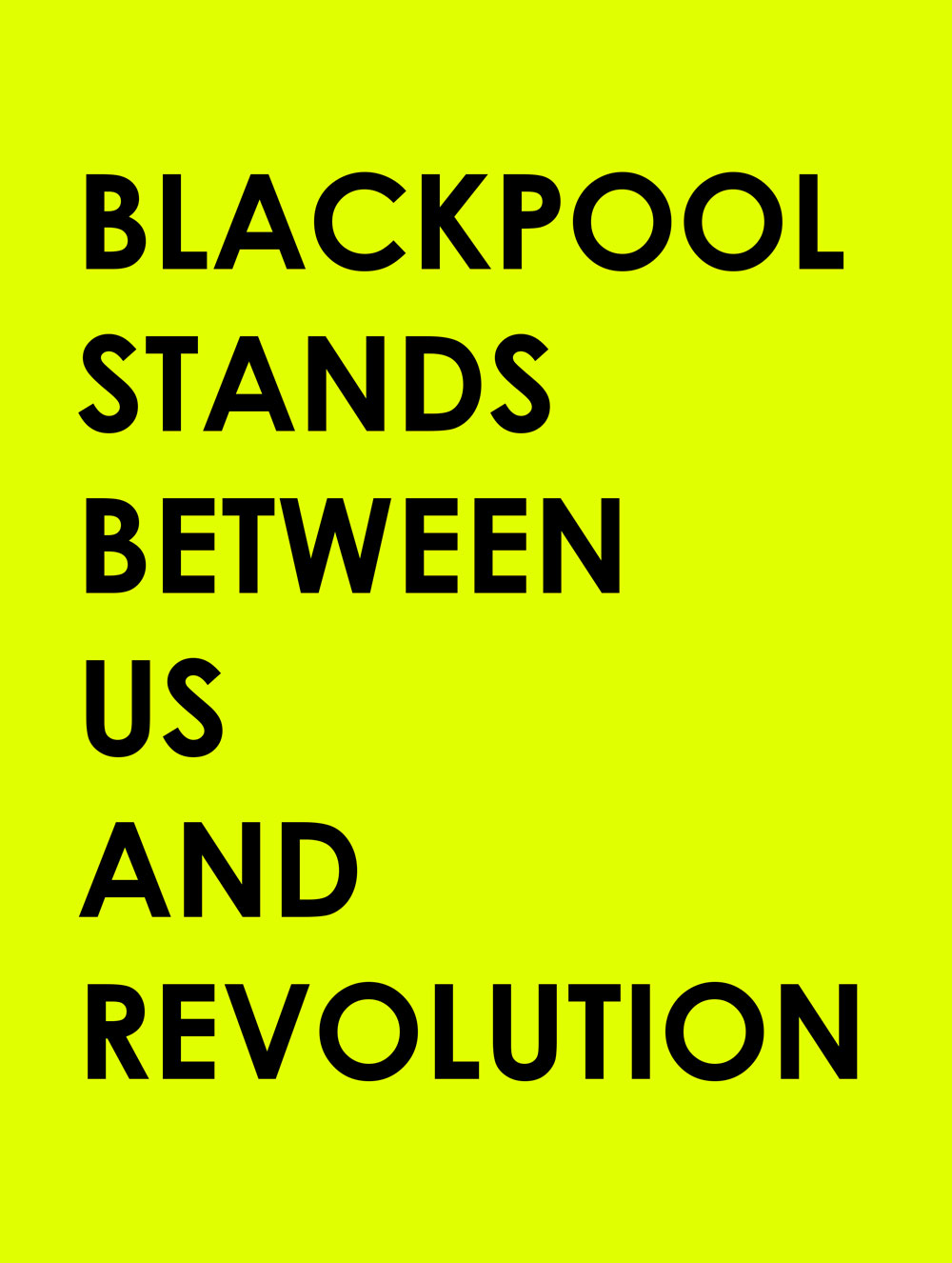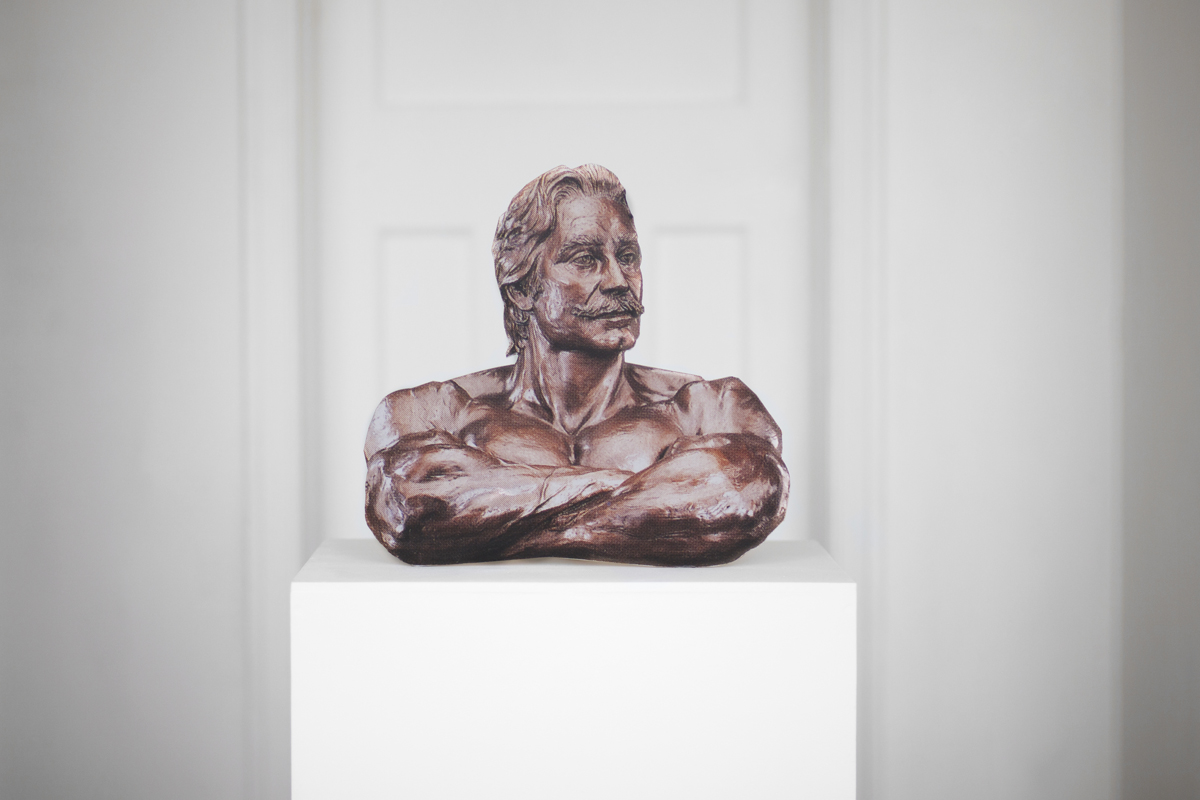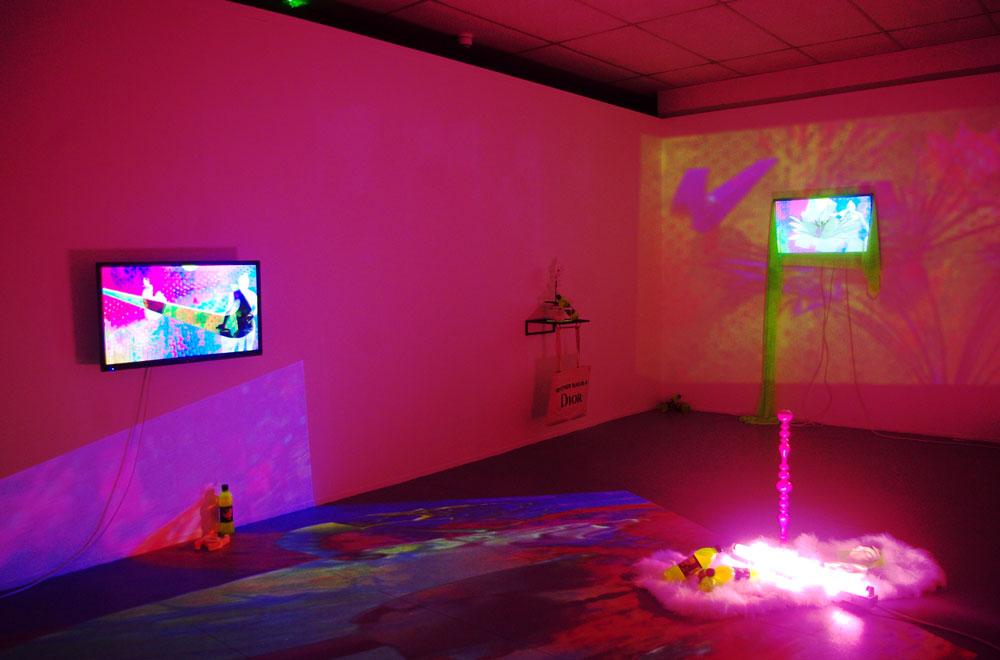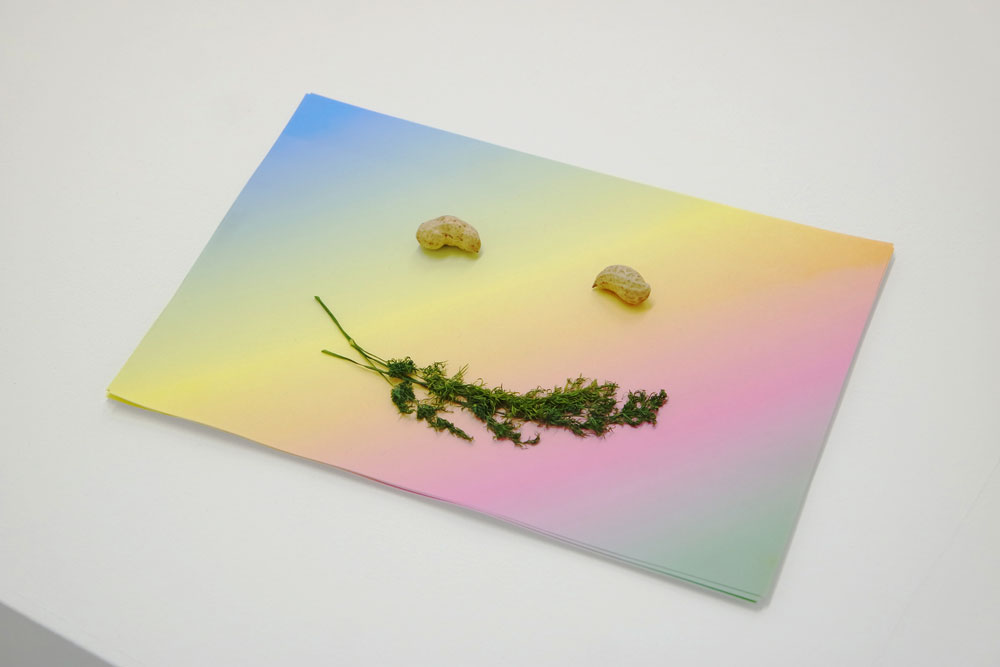“By any measure Blackpool shouldn’t exist,” contemporary artist Tom Ireland asserts, while describing his hometown on a rainy September afternoon. “It would take an artist to invent it.” It’s true that the town does project pretty wildly different narratives at any one time, simultaneously home to the country’s most iconic roller coaster and a now infamous grime scene. Its current marriage of Brexit grit (67.5% wanted to leave the EU) and bygone glamour still attracts up to 17 million visitors a year and is the unlikely hotbed of a burgeoning art scene.
Some of the town’s internationally recognised activity comes from efforts made by well established organisations such as the council-owned Grundy Art Gallery, one of the Arts Council’s National Portfolio Organisations, or with help from LeftCoast, who in 2012 began to administer a £3 million cash injection courtesy of Arts Council England’s National Lottery funded Creative People and Places. “We’re certainly not saying there was nothing here before we came, but what we hope is that we’ve played a part in developing what was here in the fairest and most open and transparent way possible,” explains Jenny Rutter, LeftCoast’s Creative Development Manager, over the phone.

It’s the town’s independently run spaces that are receiving impressive recognition, however. Abingdon Studios and UNIT both made it onto artist Kevin Hunt’s second Artist-Led Hot 100, while annual graffiti festival Sand, Sea & Spray draws in artists from around the world and is consistently featured in the national press. What’s especially fascinating about the scene today is that so much of the highest quality activity is driven by a commitment to DIY projects — even when artists have been the beneficiaries of significant funding.
Ireland, whose past work has focused on subjects as fantastical as similarities between the international space programme and the rise and fall of Modernism, is at the helm of the town’s longest running artist-led space — Supercollider. Previously involved in setting up DIY galleries while at university, he launched Supercollider with the aim of supporting emerging practice and bringing innovative art to the town. One of the space’s most successful residencies was inviting London artist Ima-Abasi Okon to come to Blackpool for a ‘leisure stay’, subverted by the fact it was actually a ‘work trip’, culminating in a show.
Although Ireland received funding from Creative People and Places for his own practice, he has more praise for Blackpool Council: “The legacy of the DIY scene is not the legacy of big cash influx but of smaller, quieter, purposeful investment from the Council. It understands an economic benefit, a social benefit — it has a more nuanced understanding of what exactly that benefit is.” Fellow Blackpool-born contemporary visual artist and curator, Abingdon Studios director Garth Gatrix, is in agreement. “There’s something about artist-led projects that’s about the long term,” he says. “You’re not going to get a quick fix from something that’s artist-led, but it’s an opening to a bigger conversation”.

UNIT founder and former LeftCoast project manager Sophie Fuce goes further, believing that the Blackpool art scene needs a DIY culture to check itself and progress. “I think what drives it is that need to improve the offer for people, quality and quantity,” she explains over coffee. “I started UNIT because there was nothing that I wanted to go and see so I was just like, okay, I’m going to put stuff on myself. To that end UNIT is completely self-funded because I didn’t feel comfortable applying for Arts Council funding or public money knowing that the programme was really about what I wanted to engage with.”
The vitality of these spaces is also in part due to the mentality Blackpool has owing to its status of seaside resort. “Blackpool doesn’t need grime, it doesn’t need art — it needs tourists,” Ireland continues. “Once you get to know where its priorities lie, you can work with it a lot easier. It doesn’t feel like you’re banging your head against the wall, it feels like you’re part of a complex structure that isn’t all about you”.
“There’s always an ongoing competition between entertainment and arts here,” agrees Gratrix, who says that LeftCoast’s “own promotional thread is blurring the lines between art and entertainment. Do the lines between entertainment and art need to be blurred or do we just need to re-announce the importance of those fragments and why they all exist in their own individual worlds?” he asks, suggesting that Abingdon’s aims are different to organisations whose objectives, by virtue of receiving funding, are rooted in audience engagement. “How we sustain artists to make work is the conversation I’m most interested in. It’s why this was born really — it wasn’t asking artists to be anything more than artists.”

Despite both spaces operating with the aim of supporting artists first and foremost, UNIT is acutely aware of where it is and how it can serve the local community. “I don’t think you can come to Blackpool and try and set up an arts organisation and not simultaneously tackle the sociocultural and socioeconomic issues that underpin the environment or the landscape,” Fuce explains, with UNIT’s programme dealing with subjects such as identity, women’s rights and racial inequality — issues that affect Blackpool, a town with the 9th highest level of child poverty in the UK, more so than other places.
Whether actively quantified or not, the positive impact of independent artist-led spaces in Blackpool is evident when talking to artists such as Robin Ross or photographer Dawn Mander, both of whom offer opportunities for a growing number of locals wanting to get into the arts. Ross cites the economic crisis of 2007-2008 as the reason for the increase in interest: “People started to think, ‘Oh I’ll get a potter’s wheel or I’ll do a bit of painting.’” John Marc Allen, who runs his Tangerine Art Company out of Ross’s studio, gives himself as a prime example of this trend. “I got made redundant twice, in 2009 and 2011, so the second time it happened I was kind of like, what do I do now — I went to university and I got a degree and I’ve no way to use it.”
Public events organised by these independents also offer opportunity for locals to get involved. Of course, while relying so much on the goodwill of volunteers is a shaky foundation for large-scale happenings, there are occasional positive outcomes — even when things go awry. Ross, who started Sand, Sea & Spray in 2011 recounts one especially poignant situation: “I missed one festival because I got type 1 diabetes, but what was interesting about that year was that the local artists went and organised their own anyway. They got a car park, they got some music, they got some artists and they did it. They would have never done that before.”
While opinion is divided on exactly how the Blackpool art scene got to where it is today and whether the LeftCoast administered £3 million was well spent, there is momentum in the air to keep pushing forward. In fact, whatever the reason for Blackpool’s burgeoning scene, it’s the town itself that provides the biggest inspiration for the artists — its uniqueness offering respite from the various struggles underpinning working as an artist anywhere in the UK today. In the words of Tom Ireland: “Blackpool runs on feelings and it understands people. I think feelings and people are things that are often forgotten by art.” Thank god, Blackpool remembered.

